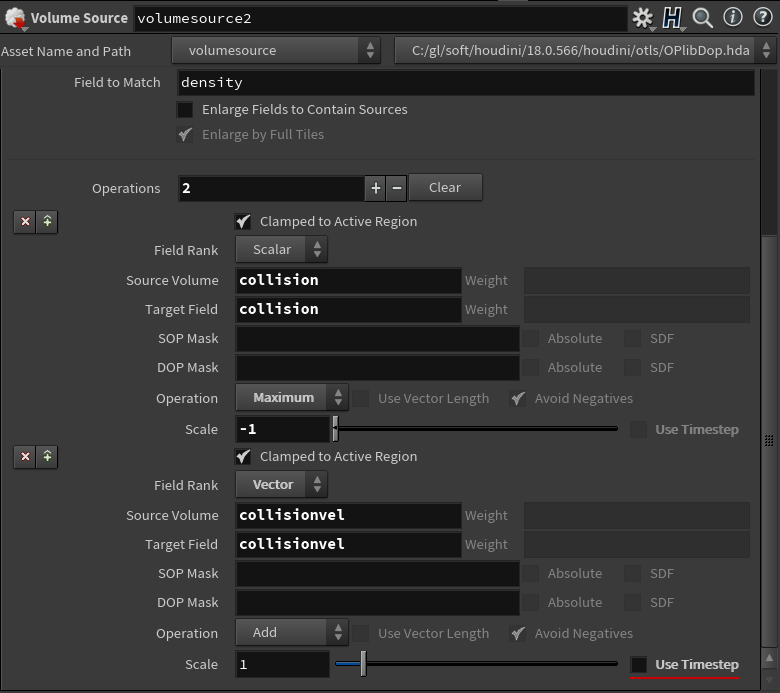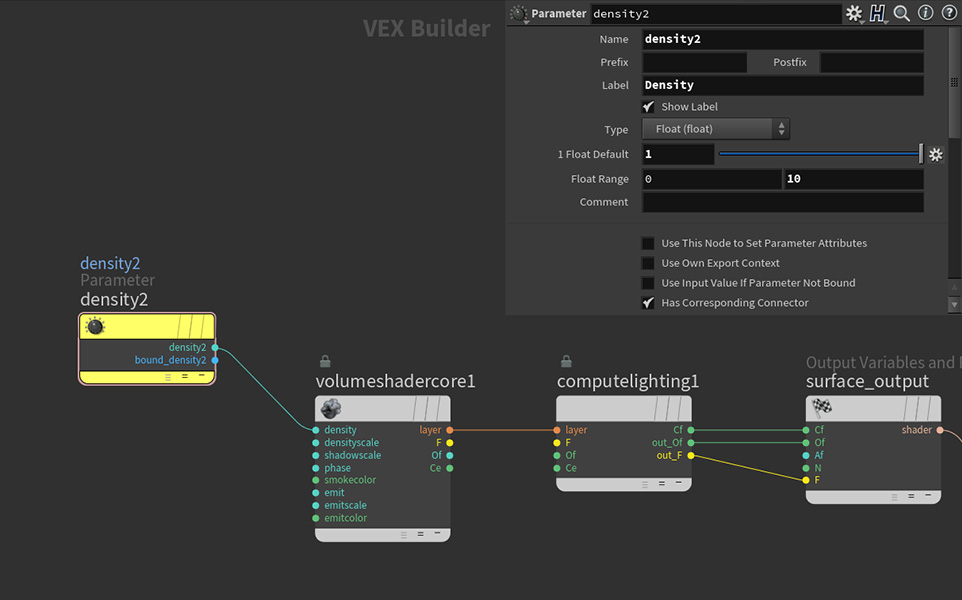It is advisable to use packed fragments only in cases where either all fragments or most of them are used. A feature of packaged fragments is that “each fragment shares the same geometry, but refers to a subset of it.” Therefore, when deleting individual fragments, there is no memory saving. Even if you delete all the fragments, leaving only one, and write it to disk, then the cache size will be equal to the memory size of the entire model. And when loading the cache, you will still see only one fragment.
In cases where the logic of work involves changing the number of packeds, it is better to use the usual packed geometry. You can create them in a for-each loop with the pack node without breaking them down by name. Also, the copy to points node creates packed geometry.

